A comprehensive deep dive into the intriguing world of the freshwater Snowball Shrimp, in this article you will find everything from feeding and tank setups to breeding and health care!
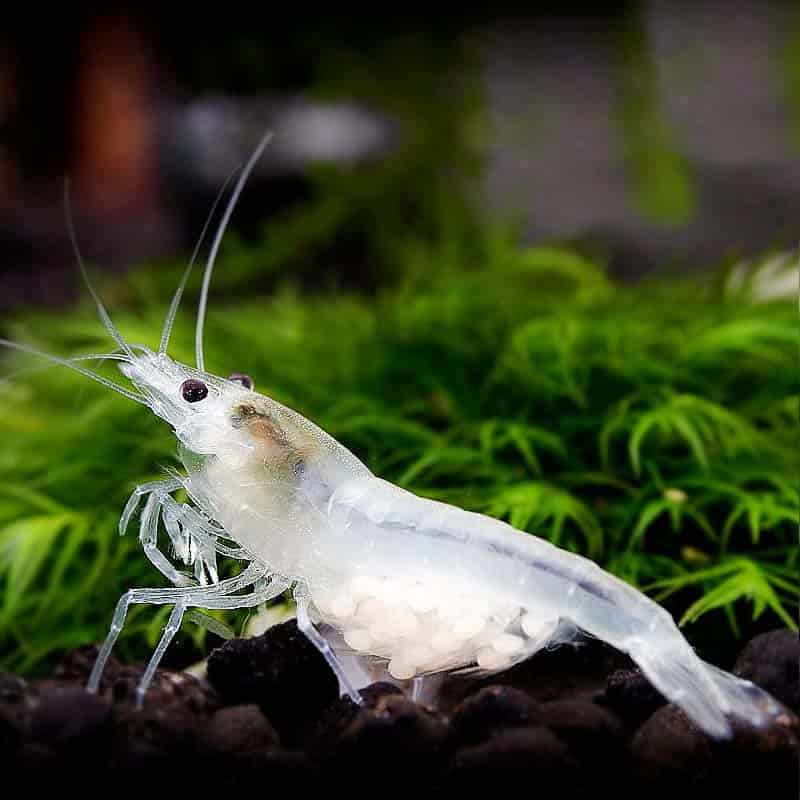
The native to Taiwan Snowball shrimp (Neocaridina zhangjiajiensis) also known as the white pearl shrimp can add an aesthetic elevation to your aquarium tank. This freshwater shrimp species stands out from other dwarf shrimps due to their pure white coloration.
They contrast beautifully with the dark substrates and plants making them a sight for sore eyes. Their majestic color is not the only thing you will notice about them. They are also naturally small with a peaceful temperament, making them perfect for your tank and cohabitating with your other aquarium pets.
Snowball shrimp are closely related to other Neocaridina species and are great pets for beginners; later in this guide, you will know more about the Snowball shrimp care.
Appearance and Characteristics
As mentioned, these white freshwater shrimps are distinctive and unique due to their translucent appearance making them great accessories to your overall tank aesthetic. The Snowball shrimp appearance varies heavily on their gender.
You may also find that some Snowball shrimp have a subtle blue hue to them which only makes them even more desirable.
Some other Snowball shrimp traits are how their eggs resemble mini snowballs which only justifies their name even more. However, the shrimp community hobbyists are divided with the argument if the Snowball shrimp name came from their white appearance or the eggs’ resemblance.
These shrimps do not pose any threats to other creatures in the aquarium as they are very demure and mindful. Their temperament makes them an obvious choice for hobbyists who enjoy observing peaceful aquarium species.
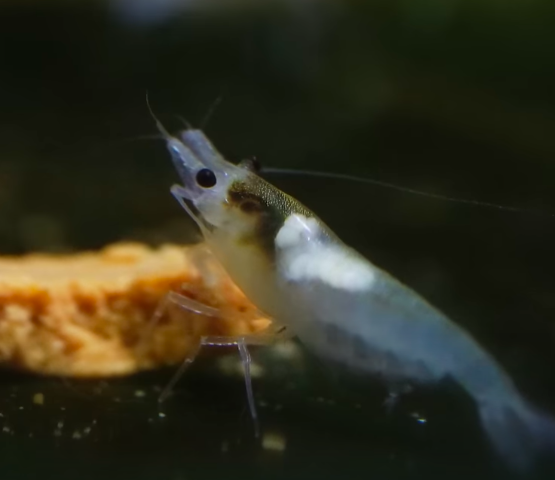
Adult Size: Can grow up to 1.5 inches long
Color Pattern: Pure white translucent color is arguably only reserved for “true” Snowball Shrimp, however, some do have a slight blue tint.
Unique Traits: Visual striking contrast against dark backgrounds and plant backdrops. Female Snowball shrimp are larger than their male counterparts and can be identified by their saddle and curved underbelly.
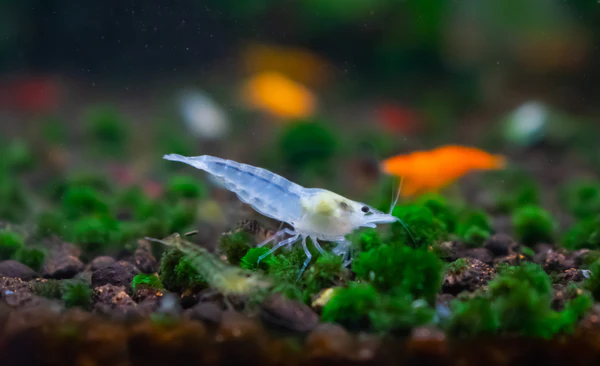
Tank Requirements
It is imperative to follow these freshwater tank requirements in order to keep these critters alive and healthy. The ideal Snowball shrimp setup is a tank with lots of plants since they tend to feed off of biofilm and algae. Ensure that you provide driftwood and rockwork decorations, so your Snowball shrimp can have plenty of places to hide.
These shrimps prefer warm and clean water; therefore the ideal water conditions for these shrimp are 65-85 degrees fahrenheit (18 – 29 Celsius ) with a GH of 3-7 and a KH of 1-8. Although the range is wide, one thing to keep in mind is that they will thrive in stable conditions so maintain consistency.
Lighting:
Be sure to use proper lighting in your aquarium to show off the brilliance of the white snowball shrimp’s appearance. LED lighting is great for shrimp aquariums because it mimics the lighting situations of their natural habitat in a cost effective manner.
Tank Size:
The minimum tank size for the Snowball shrimp is one that is 5 gallons. That size can even be used for a group of small Snowball shrimp. If you are planning to host a larger colony or add other nano tank species, a larger tank of at least 10 gallons will be needed.
Substrate:
These shrimps have a rare coloration which would be best complemented with dark substrates and driftwood in the tank that would only emphasize their beauty. Additionally, the Snowball shrimp prefer a soft life, therefore, finer substrates like sand and smooth gravel are often preferred.
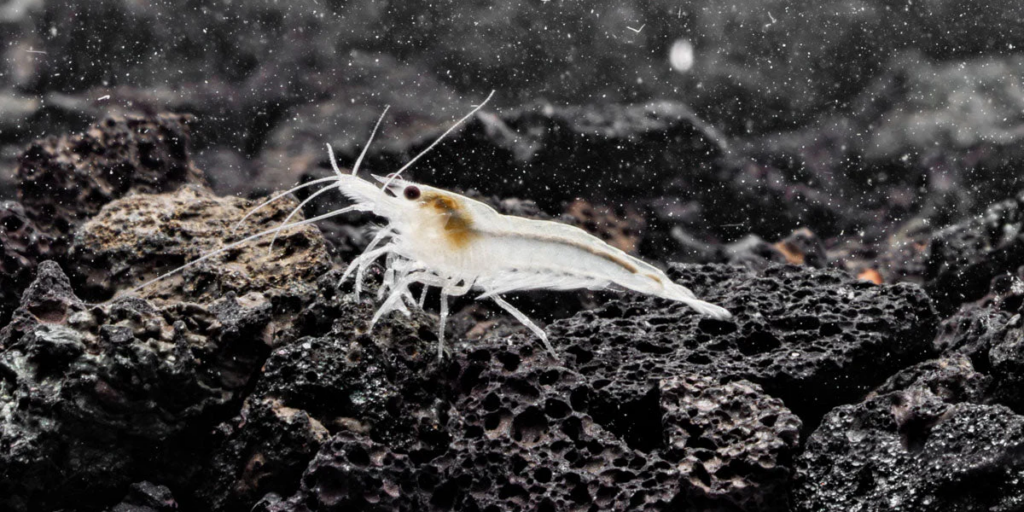
Water Parameters:
As these shrimps prefer warm water (65-85 degree fahrenheit), if your tank cannot maintain a stable temperature, getting an aquarium heater with a programmable thermostat will help to reduce those concerns.
As for the pH levels, keep the range between 6.2-7.8 and they will not hate you. As for the texture of water, keep it slightly softer. More specifically, with GH ranging from 3-7 and KH from 1-8.
If this guide already sounds like too much work so far, maybe having Snowball shrimp(s) as a pet is not the best idea.
Feeding Snowball Shrimp
These Snowball shrimp are the gift that keeps on giving! These omnivorous shrimp are not picky eaters, so you can serve them all types of food without concern. Just like all scavengers, they can survive off of detritus, algae, and even microorganisms (biofilm) that grow on submerged leaves.
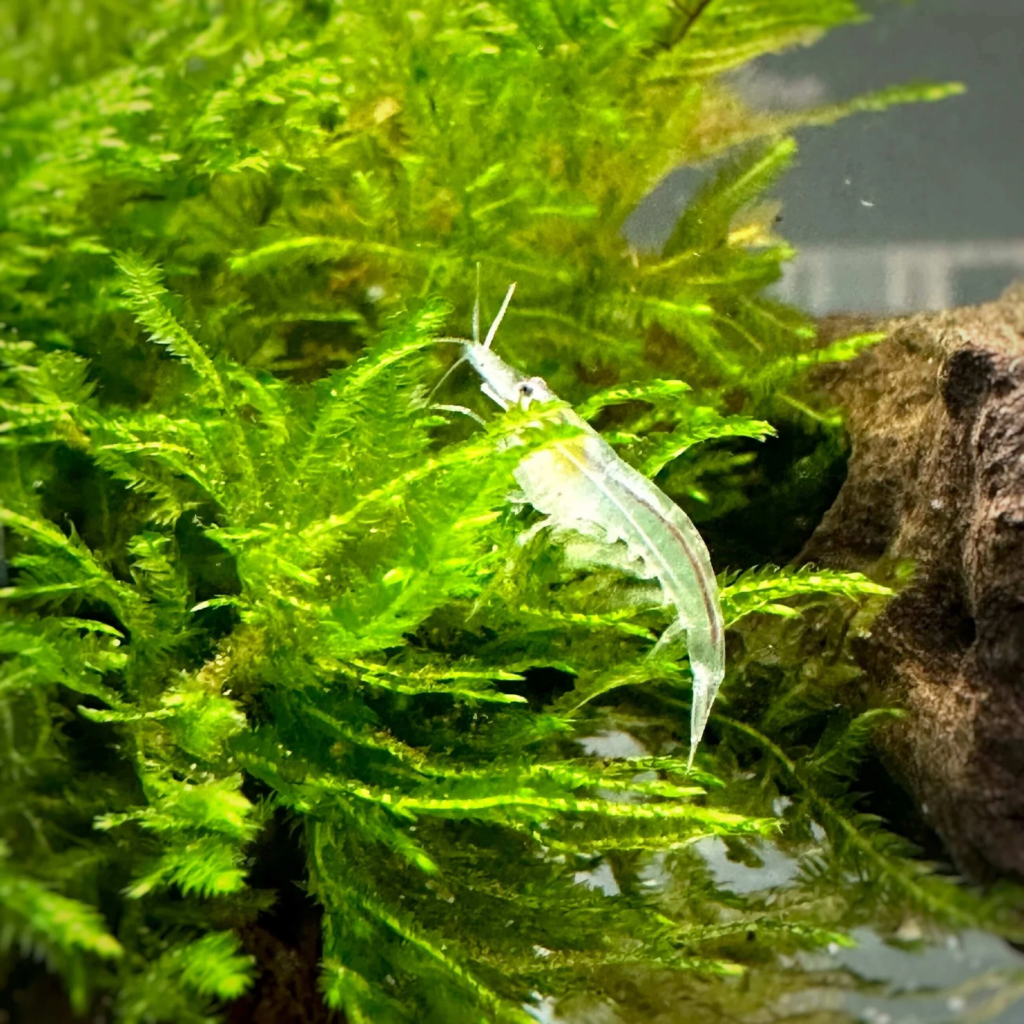
Pictured, a Snowball shrimp feeding on the contents of the plant
However, in a clean tank, you will need to supply feeding as necessary if the live plants are not producing enough food supply. The best diet for Snowball shrimp can be combined blanched greens (lettuce, spinach, etc) with other foods like algae wafers, flakes, and other shrimp or fish food.
For more on feeding your aquatic pets check out The Ultimate Guide to Fish Food: Pros and Cons & Best Choices!
One thing for certain, do not overfeed these shrimps. No one has ever heard of oversized Snowball shrimp and they never will. This mistake is normally reserved for beginner shrimp breeders.
Feeding these shrimp 1-2 times per day is plenty enough. Just ensure that the tank is kept clean and overfeeding does not happen as this can cause the uneaten food to spike ammonia level; or even invite unwanted parasitic guests like Planaria, Hydra, Scutariella, Japonica, Vorticella, etc. Nevertheless, a balanced diet is essential to promote overall health and vibrant color…this also applies to the Snowball shrimp.
Breeding Snowball shrimp
Fortunately, Snowball shrimp breeding is easy, which is a top appeal for many hobbyists because why would you only want one of these majestic creatures? Why not have more? In favorable conditions, they do not need much intervention to get the motor started.
This video has been very helpful in identifying the sex of Neocaridina Shrimp, I highly recommend it:
The female snowball shrimp visibly carry their fertilized (mini snowball looking) eggs as a cluster beneath their abdomen, until they hatch. Usually, this process lasts about 4 weeks resulting in miniature copies of the adult shrimp or fully formed juveniles. It is important to note that these female shrimps need male shrimps for breeding. Like other shrimp species, these shrimps have a high growth rate in stable tank conditions.
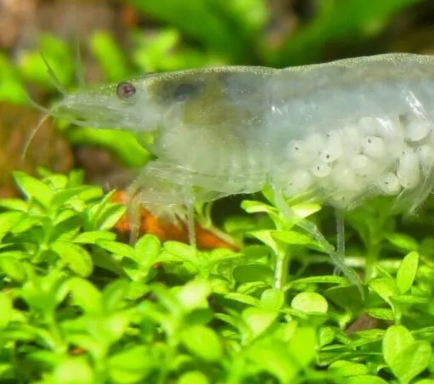
To improve freshwater shrimp reproduction, a favorable environment for these shrimp increases their chance of the success of breeding. Ensure that your tank is well-planted, the water is stable, and they are in a stress-free environment. These shrimps know their worth.
Tank Mates
As mentioned, these shrimps are peaceful and demure creatures who can co-habitat with other aquarium animals. Therefore, they should ideally be housed with other non-aggressive fish like Tetras, Otocinclus catfish or Pygmy Corydoras.
For peaceful shrimp species, Cherry shrimp and Amano shrimp make great choices too. Avoiding a stressful environment for your Snowball shrimp is vital as this can have a damaging effect on your shrimps’ function in the tank.
Author’s Note mixing neocaridina shrimp varieties carries the risk of interbreeding different color varieties from the different variants which will result in their offspring not inheriting their parent’s coloration. It is not a terrible thing, but if you hope to pass on the chocolate shrimp’s brown coloration, it is best to do so in a chocolate shrimp only tank. The mixed offspring would instead inherit a wild coloration.
Some of these stressors come from large and aggressive fish as most of them will prey on shrimp. Freshwater shrimp compatibility should be a priority to maintain or improve the lifespan of these shrimps.
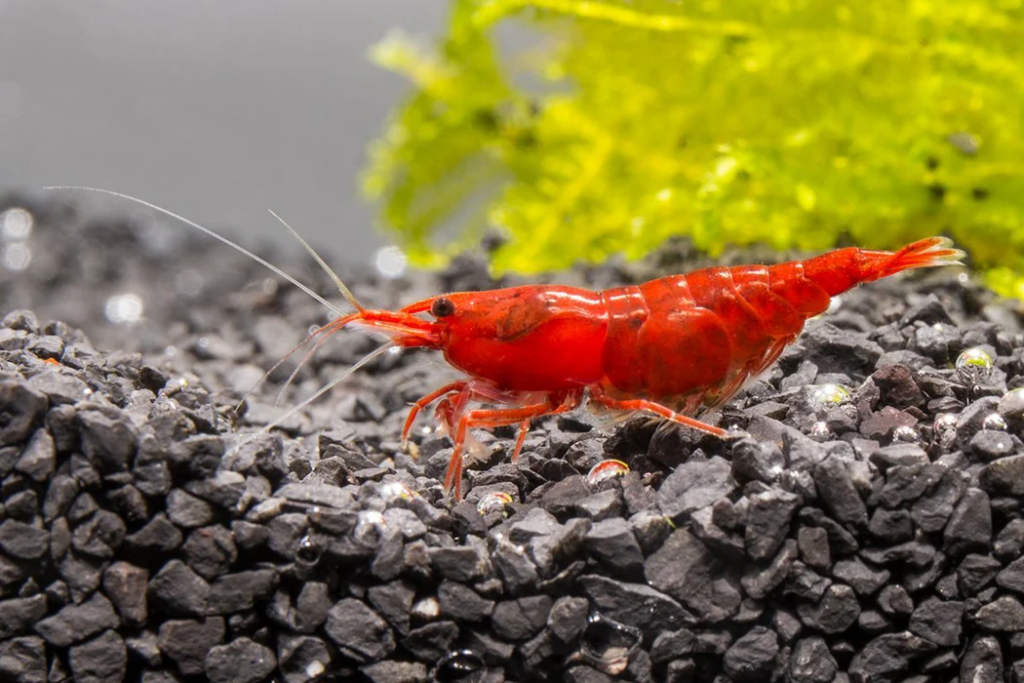
Some incompatible tank mate creatures that should be avoided are:
- Cichlids (known for their territorial and aggressive behavior);
- Angelfish (contrary to their name, they can be aggressive);
- Goldfish (known to be investigators and may harm the shrimp).
There is a laundry list of naturally aggressive fish and species, so it is best to focus on the list of compatible fish and species for your Snowball shrimp.
Ideally, your Snowball shrimp would appreciate being in a shrimp community tank as they get along with other Neocaridina species.
Common Health Issues
Snowball shrimp are normally hardy, but like anything living on earth, are susceptible to stress-induced problems like disease — especially in unstable water conditions. Some common health concerns include molting issues (shedding), bacterial infections, sensitivity to copper tank medication, and even parasitic infections.
To help prevent the occurrence of the mentioned above and more, continue to follow best practices for these shrimps such as keeping the water parameters stable, giving them high-quality food, and regular water changes.
Ways to identify a stressed out Snowball shrimp include lethargy, lack of appetite, and any other unusual behavior.
Lifespan
The Snowball shrimp lifespan can be 1-2 years in optimal conditions. This will sound like a broken record or a looped tiktok (depending on your generation), but maintaining stable water parameters and a healthy diet will support extending the shrimp’s lifespan.
Just like any other living thing, longevity can be impacted by stress, diet, and tank mates. What we can learn here is that prioritizing what you consume and who you surround yourself with is the secret to a quality life.
Water Quality and Maintenance
Maintaining water quality for Snowball shrimp is crucial to their existence. They are very sensitive to sudden water changes and pollutants. Regular water changes weekly and consistent tank cleaning helps to maintain high water quality.
These shrimps prefer softer water with a GH ranging from 3-7 and KH from 1-8. Ensure to test the tank water often (normally weekly) for ammonia and nitrite as those are detrimental to them.
A great way to help with boosting water quality is by investing in a gentle filtration system that does not create strong currents. Maintaining a stable pH and temperature as stated in above plays a role in maintaining water quality for the shrimp.
Common Behavior and Activity
The Snowball shrimp behavior is that they are generally active during the day where you can often see them foraging for food along the tank floor, on plants, and on decorations (bottom feeders). Their favorite activity is grazing on algae and biofilm.
When these shrimps molt, they are more elusive making them harder to find since they are hiding in plants, crevices, until their new shell hardens. They take hide-and-seek to a whole other level.
These Snowball shrimp can reveal fascinating behavior as individuals in a comfortable environment, therefore, observing is part of the fun as a Snowball shrimp owner. Lastly, they are known to exhibit social behavior. They prefer living in colonies as it helps them feel more secure.
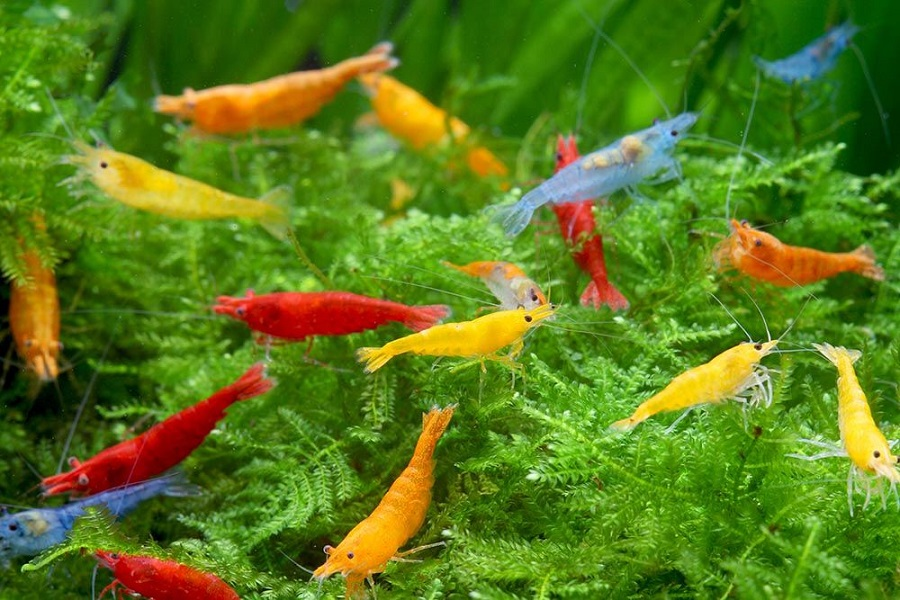
Conclusion
Snowball shrimp are beginner-friendly low maintenance species for all levels of hobbyists and aquarists. Their peaceful nature, unique appearance, and social behavior make watching them a fun-filled activity.
By providing them with the right water conditions, a balanced diet, and a stress-free environment, they will thrive to their potential and even multiply in their aquariums. This detailed guide serves as a foundation to help you understand the care, behavior, and elegance of these Snowball shrimp.
What we can learn here from these Snowball shrimp is that consistency is what will increase your desired result in life and never settle for less.





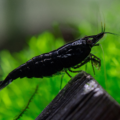

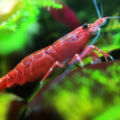
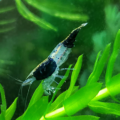
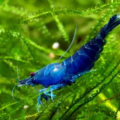
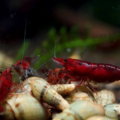
1 thought on “Mastering Snowball Shrimp Care: A Complete Aquarium Guide”